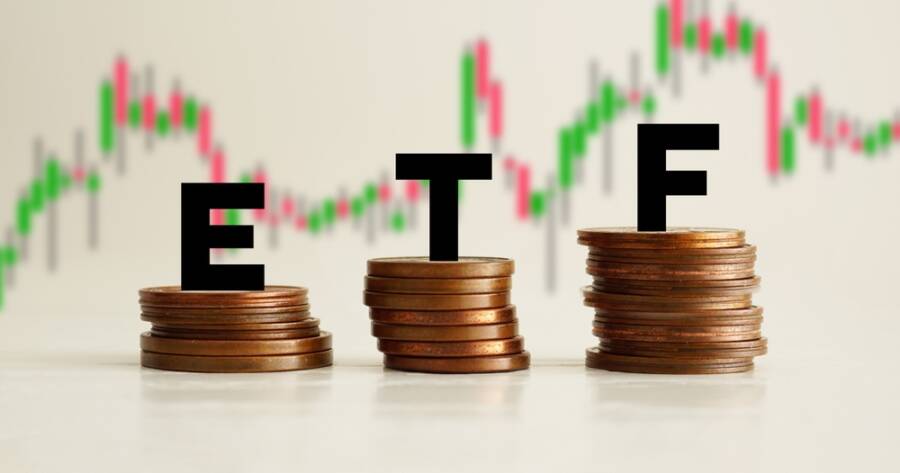High dividend exchange-traded funds (ETFs) are popular for investors who want regular income. But with so many options, it’s important to know how to pick the best ones. Here’s how to choose the best high dividend ETFs to meet your financial goals.
What Are High Dividend ETFs?
High dividend ETFs are a type of investment fund that focuses on companies paying high dividends. Dividends are payments companies make to shareholders from their profits. These ETFs bundle together many dividend-paying stocks, so instead of buying shares of individual companies, you buy shares of the ETF. This way, you spread your investment across many companies, lowering the risk.
ETFs also offer flexibility because they are traded like stocks, meaning you can buy or sell them easily during market hours. High dividend ETFs are attractive for those looking for steady income, especially retirees or investors who want to add a stable source of income to their portfolios.
Understand the Dividend Yield
One of the most important factors to consider when choosing a high dividend ETF is the dividend yield. The yield is the percentage of the ETF’s price that’s paid to investors as dividends. Generally, the higher the yield, the more income you’ll receive. But be cautious—an extremely high yield could mean the ETF invests in riskier companies that may cut their dividends in the future.
Aim for a balance between a high dividend yield and a solid performance history. Look for ETFs that offer a stable yield over time. These are usually tied to well-established companies that have a history of steady dividend payments.
Look at the ETF’s Expense Ratio
Expense ratios are the fees you pay to own an ETF. It’s a percentage of your investment that goes toward covering the fund’s management costs. When you’re choosing a high dividend ETF, the expense ratio can significantly impact your returns. A lower expense ratio means more of your money goes toward earning dividends.
Generally, look for ETFs with an expense ratio under 0.5%. Some of the best high dividend ETFs have expense ratios as low as 0.1%. Over time, lower fees can save you money and increase your overall returns, making them a crucial factor in choosing the right ETF.
Check the ETF’s Holdings
Before investing in an ETF, it’s smart to review what companies it holds. Some high dividend ETFs invest in many sectors, while others may focus on a specific industry like real estate or utilities. Diversification is key to reducing risk, so choosing an ETF that spreads its investments across different sectors can protect your portfolio if one sector underperforms.
You should also pay attention to the size and reputation of the companies in the ETF. Well-known, financially stable companies are more likely to continue paying dividends even during economic downturns.
Consider the ETF’s Performance History
While past performance doesn’t guarantee future results, reviewing an ETF’s history can give you an idea of how it might perform in the future. Look for ETFs with a history of providing consistent dividends over several years. You can also check how the ETF performed during market downturns to see how well it manages risk.
It’s also worth comparing the ETF’s performance to similar funds. This can help you gauge whether the ETF is a good investment compared to others in the same category. The best high dividend ETFs tend to have a strong track record of delivering consistent returns to investors.
Learn More Today
Choosing the best high dividend ETFs for your portfolio can provide both income and growth. By understanding key factors like dividend yield, expense ratios, holdings, and performance history, you can make informed decisions that support your financial goals.
Remember, investing in high dividend ETFs is not just about finding the highest yield—it’s about finding the right balance of risk, stability, and income.

